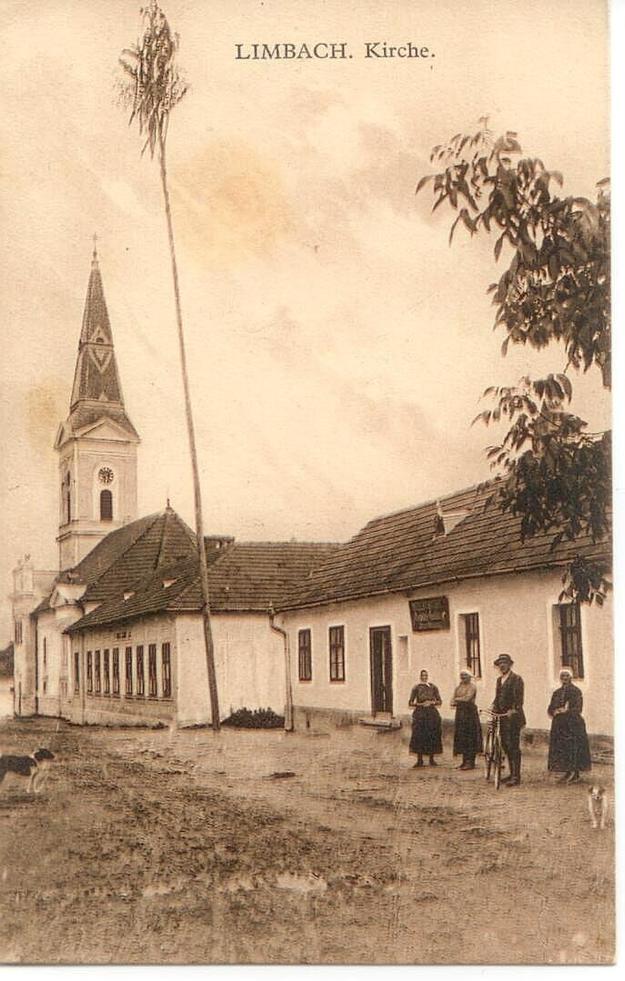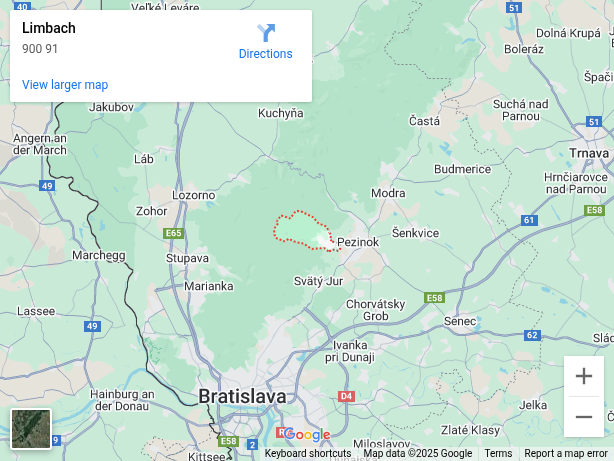Erecting maypoles is a tradition that dates back to ancient times. Usually the tallest tree around was stripped of branches and bark with only the bushy treetop left, and the post was put up to protect people from evil spirits and illnesses.
The custom continues throughout Slovakia, though in varying ways. In the Middle Ages, maypoles were placed in front of churches and town-halls as symbols of respect.
Starting in the 15th century, maypoles began to be used by young men, who placed them in front of young girl’s homes to show their interest. As a lot of wood was used this way each year, the authorities tried to ban in tradition in the 18th century. The resulting compromise can still be seen especially in western Slovakia where a single maypole is used for an entire municipality.
Maypoles pop up either before Pentecost, or on the eve of May 1. In general it was very difficult to fall a selected tall tree in the forest, bring it to the village and place it in a hole. Thus, as many as several dozen men participated in the undertaking. After they cleaned the trunk, they decorated the top with scarves, ribbons and hung a bottle of alcohol from the top.
In some places, the tradition included also climbing up the trunk to get the bottle. This competition – which made some forget why the maypole was posted in the first place – used to be very popular. Needless to say, those who made it all the way to the top received the just reward of drinking from the bottle.
Some say the maypole is a phallic symbol, especially those with a wreath hung just below the cone-shaped top.
This postcard with a maypole was published some time in the 1920s and depicts one that stood in the middle of the Small-Carpathian municipality of Limbach, near Pezinok. The sign on its top of the postcard is also worth mentioning – it reflects the fact that then, Limbach was the village with highest, nearly 100-percent, rate of German speaking inhabitants.
This article was first published by The Slovak Spectator on May 11, 2015. It has been updated to be relevant today.

 Maypole in Limbach (source: Courtesy of Branislav Chovan)
Maypole in Limbach (source: Courtesy of Branislav Chovan)
